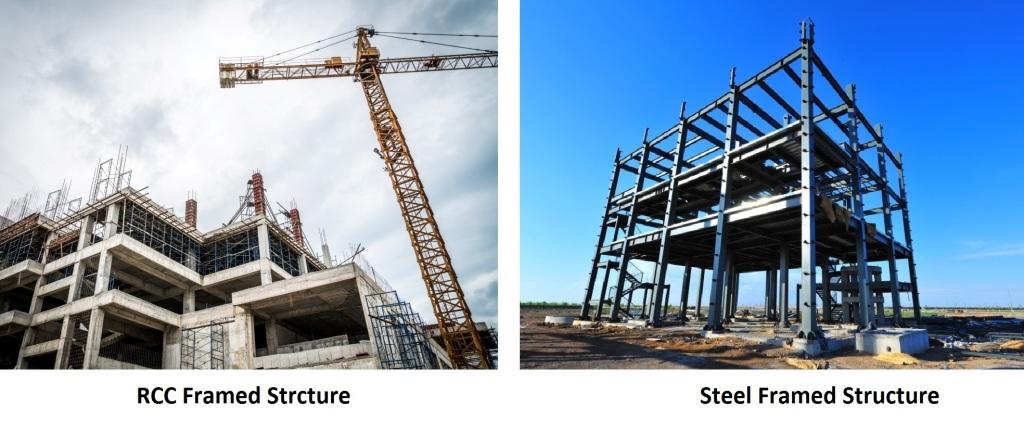Why Steel?
Steel can be assembled quickly and efficiently in all seasons. Components are pre-manufactured of site with minimal on-site labour. Awhole frame can be erected in a matter of days rather than weeks, with a corresponding reduction ni construction time relative to on-site construction, depending on a project's scale.
When a steel-framed building is demolished, its components can be reused or circulated into the steel industry's closed-loop recycling system for melt down and repurposing. Steel can be recycled endlessly without loss of properties. Nothing is wasted. Steel saves on the use of natural raw resources since around 30% of today's new steel is already being made from recycled steel.
Earthquakes are unpredictable in terms of magnitude, frequency, duration, and location. Steel is the material of choice for design because it is inherently ductile and flexible. It flexes under extreme loads rather than crushing or crumbling. Many of the beam-to-column connections ni a steel building are designed principally to support gravity loads. Yet they also have a considerable capacity to resist lateral loads caused by wind and earthquakes.

Faster Construction
- 5 0 %lessertimeto construction site
- Screwing & bolting takes place on site
- Prefabricated componentsassembled on site
Green Architecture
- Recyclable Architecture
- Easy to disassemble at the end of the life cycle
More Space
- Lesser column beam sizes
- 10-15% more useable and saleable space
Quality Control
- Component manufacturing ni a factory controled environment
- No on-site welding
- Material specifications as per codal provisions
High Resistance
- L e s s weight, hence higher seismic resistance
- Corrosion resistant through advanced painting & coating
- Higherresistanceto deformation due to ductility
